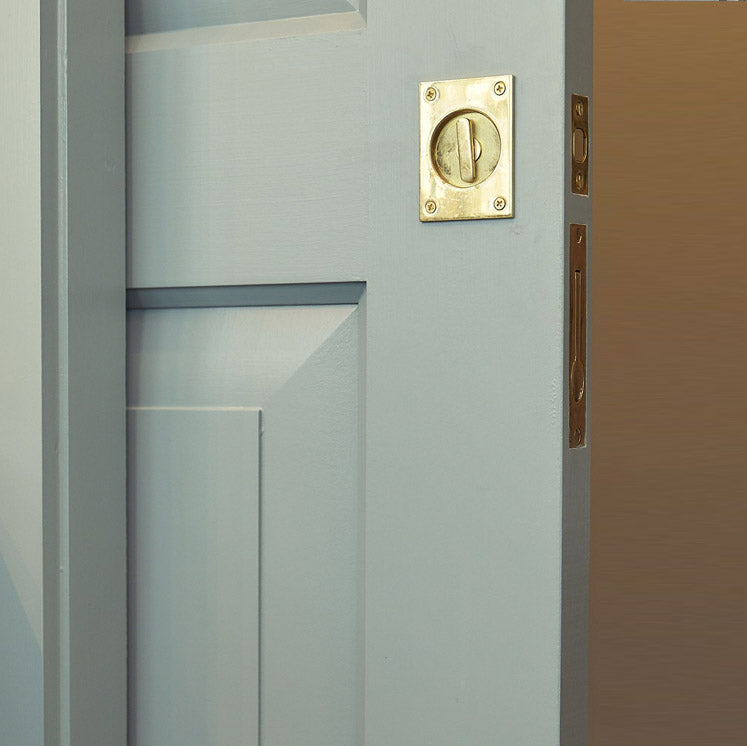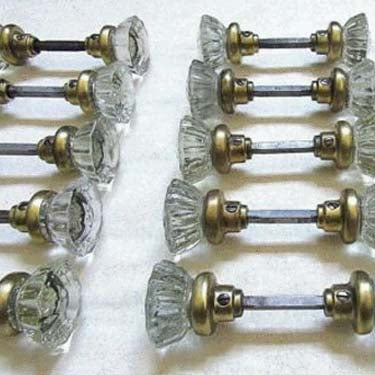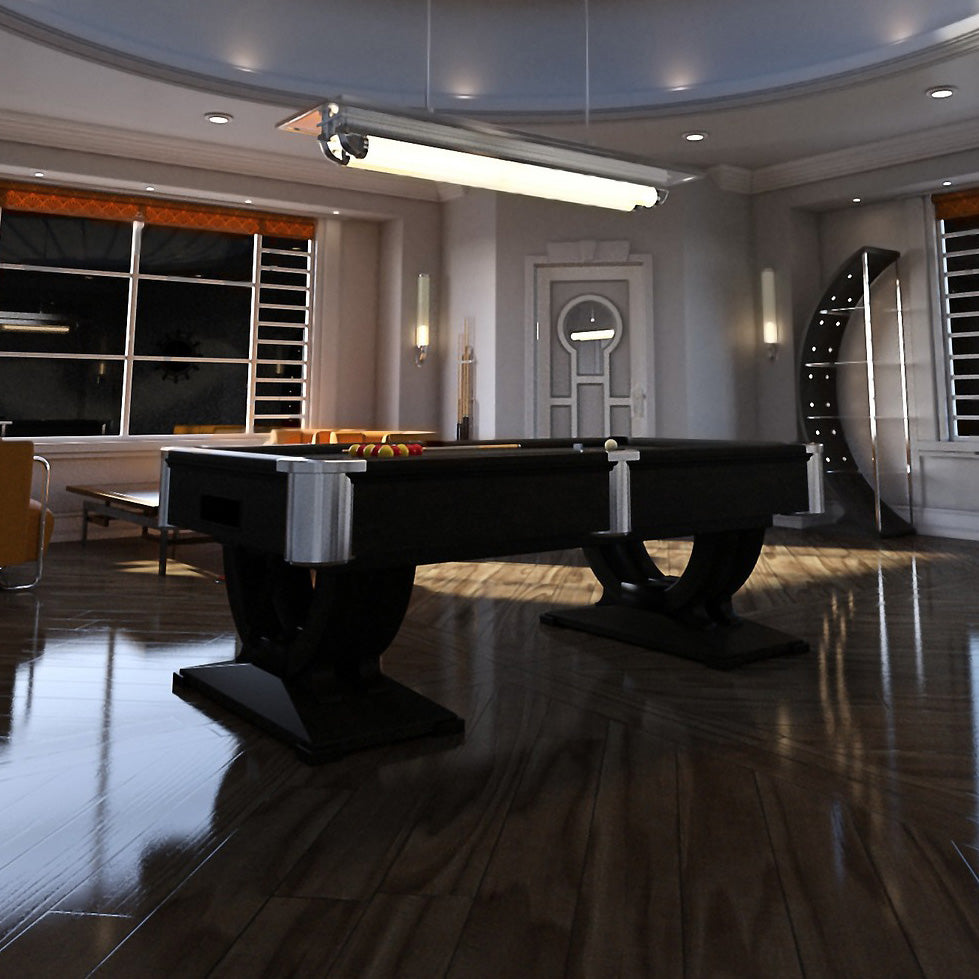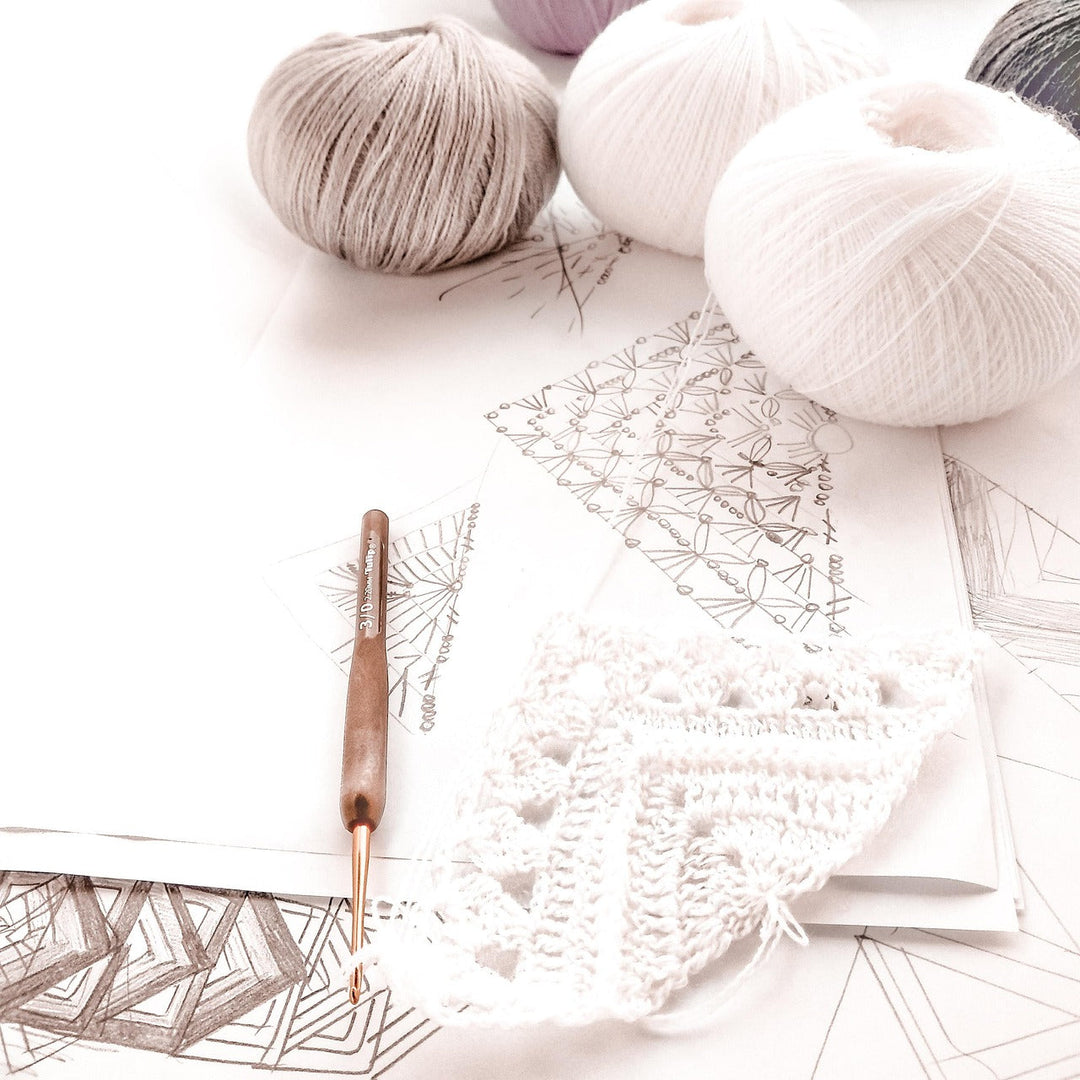History of the American Eagle Symbol
The American Eagle is one of the most recognizable symbols of the United States of America. Its noble appearance and majestic demeanor embody the pride, strength, and freedom of the country and its people. From its origins as an emblem of the fledgling nation to its ubiquitous presence on everything from coins to flags, the American Eagle has remained an enduring symbol of American patriotism and national identity. In this article, we will explore the history of the American Eagle symbol on a home, tracing its evolution from its early designs to its current prominence as an integral part of the American landscape.

Origins of the American Eagle Symbol:
The use of the eagle as a symbol goes back to ancient times when it represented power, strength, and courage. In the 18th century, European heraldry became popular in America and the eagle was adopted as a symbol of the newly formed United States. The first use of the American Eagle as a national symbol can be traced back to the Great Seal of the United States, which was adopted by Congress on June 20, 1782.
The front of the seal features an American Eagle with its wings spread wide and holding a banner in its beak that reads "E pluribus unum," which means "Out of many, one." The eagle is also shown clutching an olive branch and arrows in its talons, symbolizing the country's desire for peace but readiness for war.

The American Eagle on a Home:
The American Eagle symbol has been used in many ways throughout history, from the Great Seal of the United States to the coins in our pockets. However, one of the most prominent places that the American Eagle is seen today is on homes throughout America. The use of the American Eagle as a decorative element on homes has a long history. In the early 19th century, it became popular to display patriotic symbols on homes. This was especially true in the United States after the War of 1812, when Americans wanted to show their pride and patriotism for their country.
At this time, many homes were built with a central pediment, which was a triangular shape at the top of the front of the house. This pediment was often decorated with patriotic symbols, including the American Eagle. The eagle was carved into the wood or stone of the pediment and was meant to symbolize the strength and freedom of the United States.
The popularity of the American Eagle symbol on homes continued throughout the 19th century and into the 20th century. However, it wasn't until the 1960s and 1970s that the eagle became a fixture on homes throughout the country. This was due in part to the popularity of the Colonial Revival style of architecture, which was a throwback to the early days of the United States.
The Colonial Revival style emphasized the use of traditional materials such as wood, stone, and brick, and often included decorative elements such as shutters, columns, and pediments. This style was also heavily influenced by the patriotic symbols of the early United States, including the American Eagle. As a result, many homes built in the Colonial Revival style included an American Eagle on the pediment or on other decorative elements of the home.
Today, the American Eagle continues to be a popular decorative element on homes throughout the United States. It is often seen on pediments, as well as on weathervanes, porch railings, and other decorative elements. Some homeowners even choose to have a large American Eagle sculpture displayed prominently on their front lawn.

The American Eagle symbol on a home is a testament to the enduring patriotism and pride of the United States. From its origins as a national symbol on the Great Seal of the United States to its current prominence on homes throughout the country, the American Eagle has come to symbolize the strength, freedom, and unity of the American people. Whether it is carved into the wood of a pediment or displayed as a large sculpture on a front lawn, the American Eagle continues to be an enduring symbol of American identity and pride.























Leave a comment